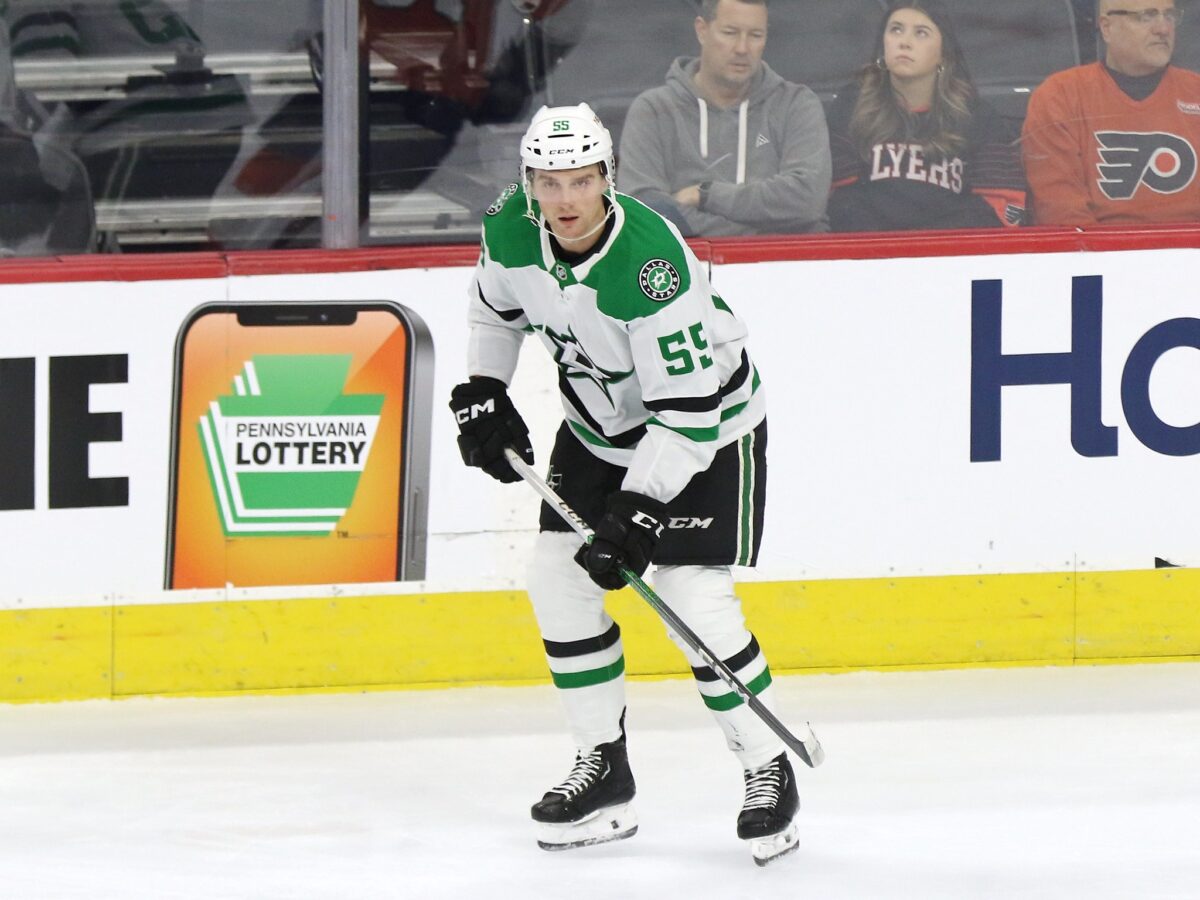Not too long after giving defenseman Esa Lindell a five-year extension through the 2029-30 season, the Dallas Stars locked up their last key unsigned player, Thomas Harley. The 23-year-old left-shot defender signed a two-year deal with a $4 million cap hit. He will still be a restricted free agent (RFA) in the 2026 offseason when his new contract is up.
We signed Thomas Harley. 🫡@Shift4 | #TexasHockey
— Dallas Stars (@DallasStars) September 18, 2024
In 79 games last season, Harley scored 15 goals and 32 assists for 47 points, boasting a plus-28 rating. He also averaged 21:01 of ice time, up significantly from his average of 14:09 in 40 contests from 2021-22 to 2022-23.
Is Harley the Long-Term Partner for Heiskanen?
The Stars’ top defender, Miro Heiskanen, got himself a new defensive partner last season. He played 619 of his even-strength minutes with Harley, which was the most of anyone on the team. Ryan Suter was just shy with 588 minutes next to Heiskanen, but he was bought out in the offseason, meaning he’s out of the equation. It seems like Harley will be on the top pair with one of the best in the business once again.
Heiskanen most certainly benefitted from having Harley by his side (and vice versa, of course). In their ice time together, the two held a 60.0 expected goals percentage (xGF%), placing them third out of the 60 defensive pairings in the league with at least 500 minutes of ice time last season. In terms of relative xGF% (xGF% Rel), they finished 22nd, which is still very good.
When Suter was in the picture instead of Harley, that xGF% only fell to 10th but the xGF% Rel dropped to a subpar 34th. In terms of generating scoring chances overall, the Harley and Heiskanen pairing was supreme. For that reason, it’s logical to see that duo remain together and likely play close to the entire 2024-25 season together as long as health permits it.
Harley only signing for two years here is a result of the Stars’ spending in the offseason (something I’ll get to) but also due to the team forcing this young player to prove himself. After all, he only had 40 games under his belt prior to last season and was merely being used for depth minutes—a long-term deal would’ve been a big risk, especially for a contender like Dallas.
Stars Prioritizing Cap Flexibility
Back in May, I said the following quote in my contract prediction for this budding defender: “Ultimately, Harley and the Stars will have two options: sign a bridge deal, or get a long-term contract out of the way as quickly as possible. One option would give Dallas some wiggle room in the short term, while the other could prolong their Cup window if the value is good enough.”

I predicted the latter would happen, but it makes sense why the Stars weren’t keen on throwing a bunch of money at Harley right away. Not only is he unproven, but they are trying to win a championship. They have lost in the Western Conference Final in back-to-back seasons, proving that they are right there with the best teams in the NHL.
Had Dallas given Harley an eight-year deal, for example, they wouldn’t have a lot of flexibility cap-wise next offseason because the asking price would’ve been higher. Following this season, Wyatt Johnston is due for an extension—that’ll be pricey. Instead of having to restructure parts of the team to make room, the thought here is that there’ll be enough spending money to bring every key player back.
At the end of the day, the value here is pretty good for Harley if he continues to improve his game. In the 2026 offseason when his deal is up, the Stars might have to pay a fortune to retain his rights, however.
Stats courtesy of Natural Stat Trick
